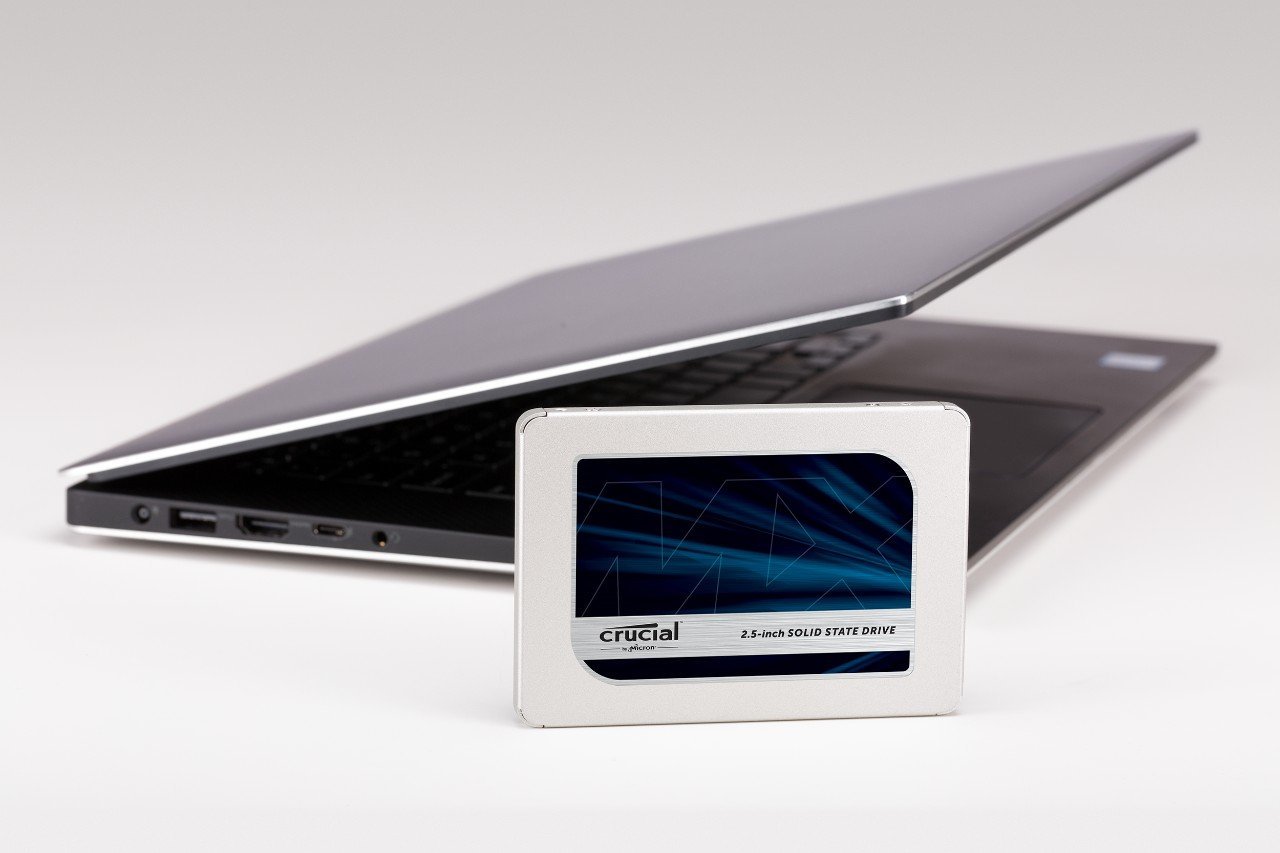



Click on the Apple® icon in the upper left corner of your screen, then click About this Mac which will display your version number. There are many versions of the Mac operating system (called macOS), and you need to determine which version you’re using. When handling your SSD, try not to touch its gold connector pins with your fingers. Using a SATA-to-USB cable, attach one side to the SSD and the other end to your computer. Set it aside for now – it won’t come into play until later in the process, and based on your type of Mac system, you may not even need it.īefore starting the install process, save any important files on your computer to a USB flash drive or external storage drive. In the box with your SSD is a spacer (it looks like a black bracket). an iMac ® from almost any year you’ll need a 2.5 inch to 3.5 inch convertor because these systems have larger storage bays than other Mac computers.a Mac Pro ® system manufactured between 20 or.Additionally, if you’ll be installing into: Our contact information can be found here.You’ll need your Crucial SSD, a screwdriver, your Mac system’s owner’s manual (which will specify the type of screwdriver you need), and a SATA-to-USB cable (sold separately). If you tried the steps listed above and still have issues with cloning, please contact us for additional support and troubleshooting assistance. 3rd party partition management tools also exist that may allow you to remove these partitions. Please note that removing any partition is done at your own risk and may result in the inability to boot your original drive. Some systems have manufacturer-specific programs installed, such as ‘HP Recovery Manager’ that allow you to modify or remove the ‘Recovery’ or ‘Restore’ partitions safely. We suggest referring to your system manufacturer for proper instructions on removing locked partitions. If this fails, the next step may be removing the locked partition.

The first option would be creating a bootable rescue media of Acronis, which can boot the system outside of Windows and allow Acronis to clone the locked partition. When this happens, there are a couple things to try. Since these partitions are normally located on the last portion of the drive, cloning can stop at 80-95% resulting in a generic failure. These are often the ‘Recovery’ or ‘Restore’ partitions found at the end of a disk. However, there are some OEM systems with certain locked partitions which prohibit the cloning action. Cloning with Acronis True Image is typically a fast and easy way to migrate copied data from one drive to another.


 0 kommentar(er)
0 kommentar(er)
